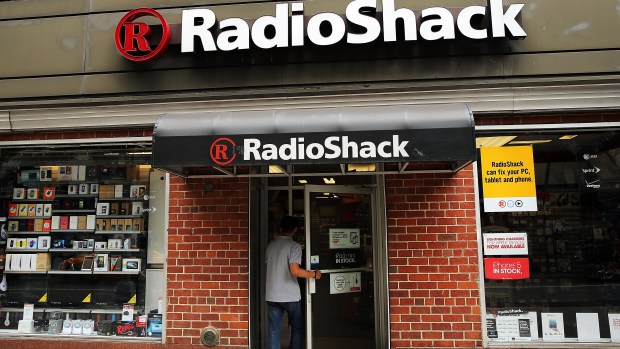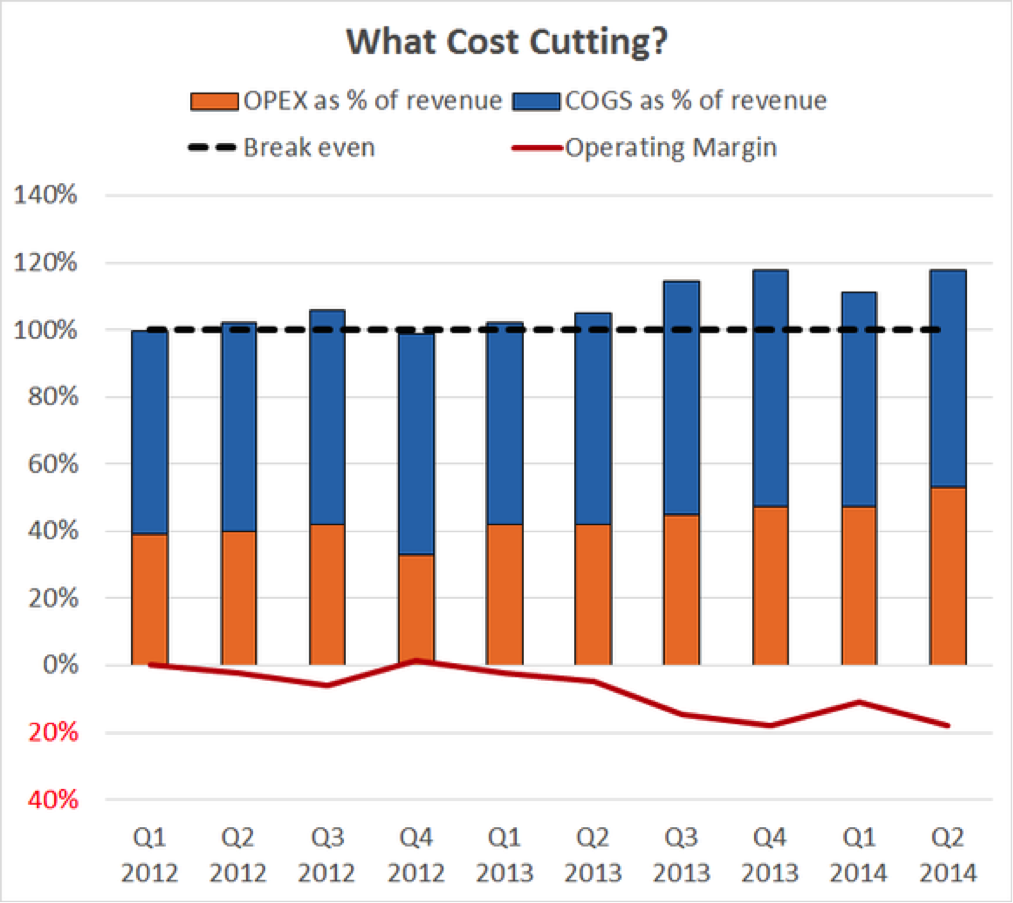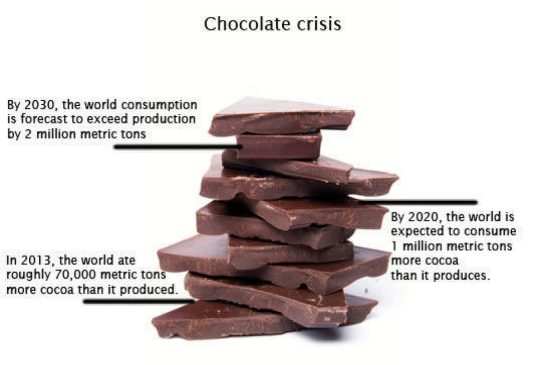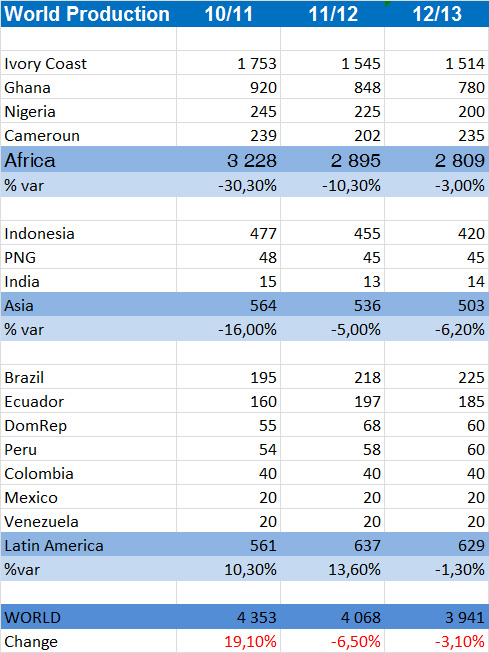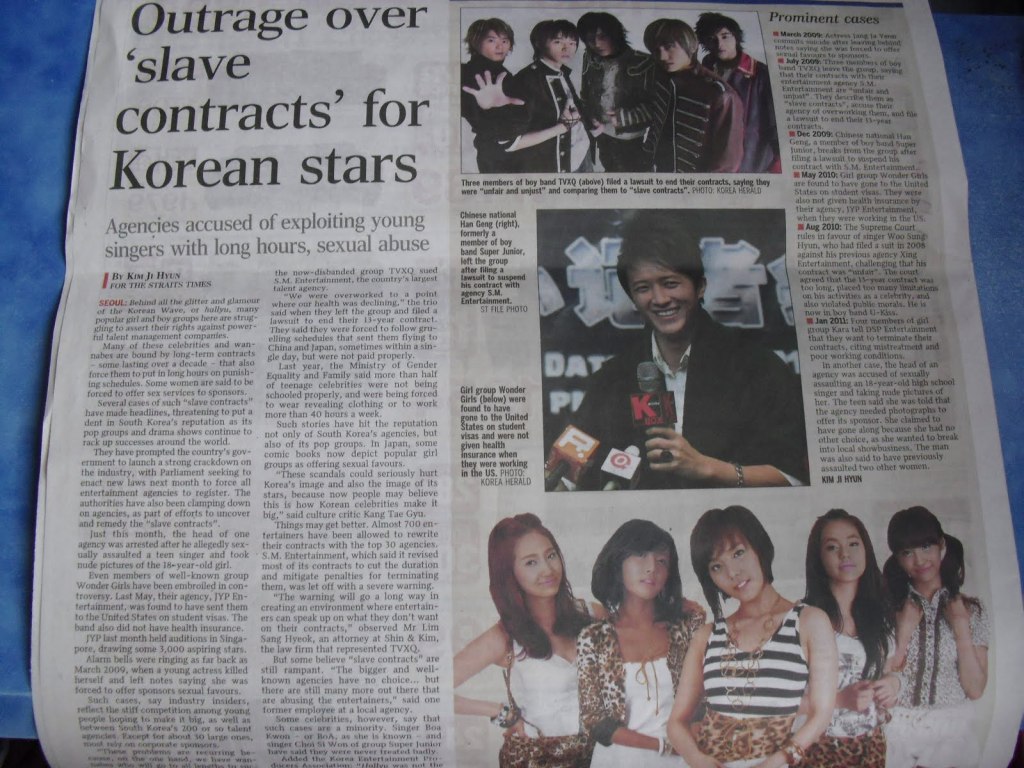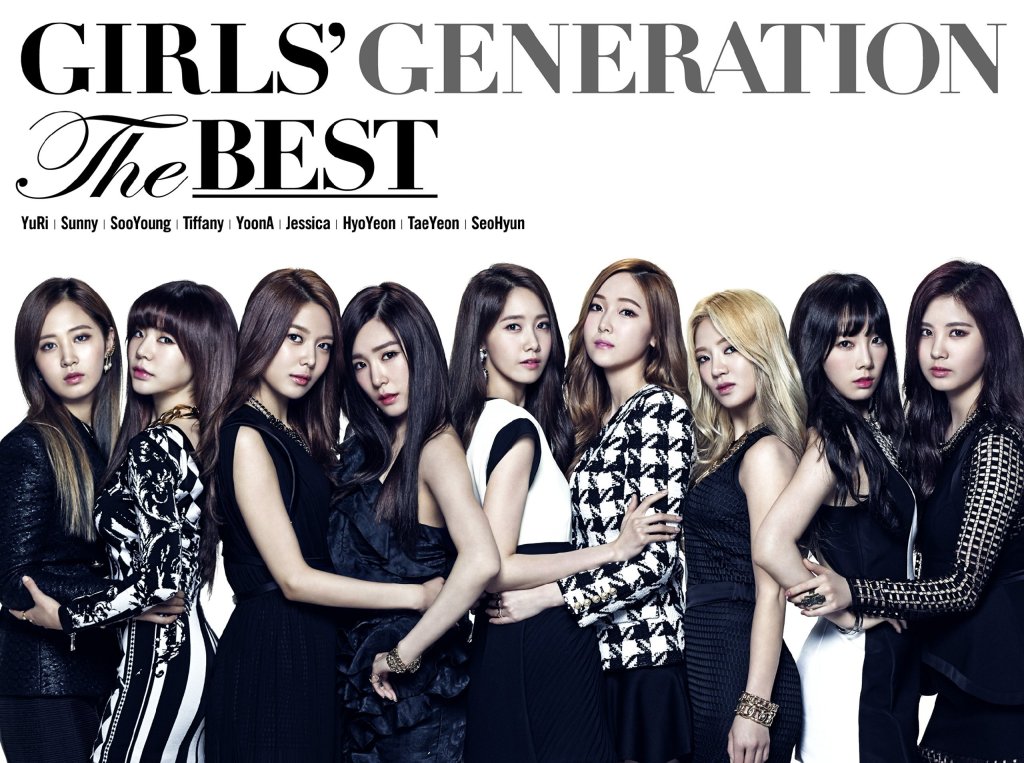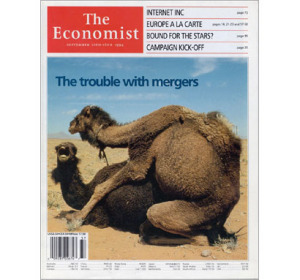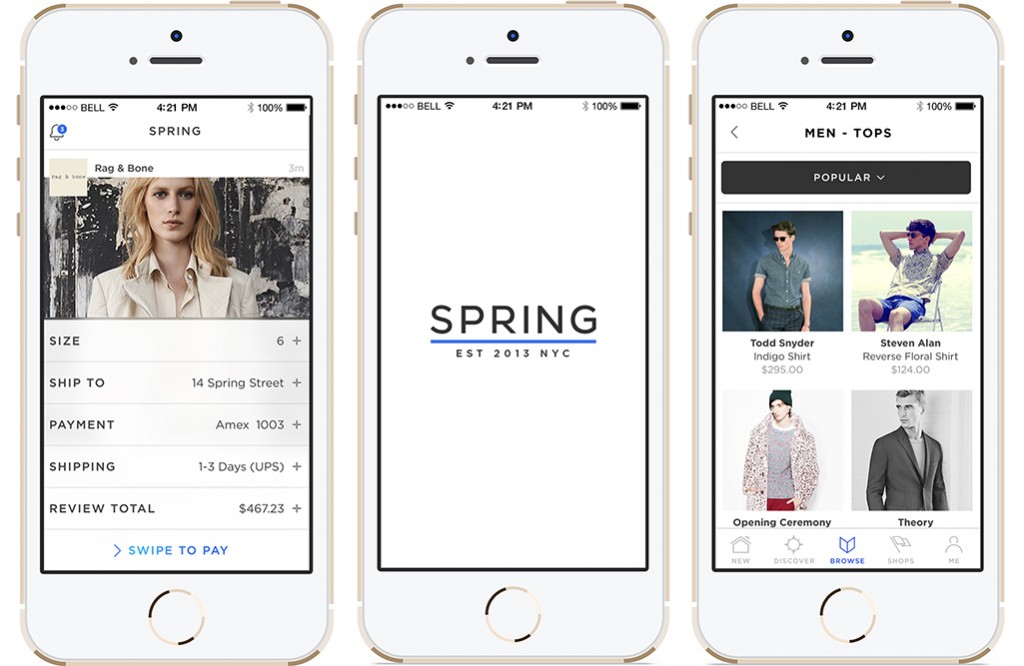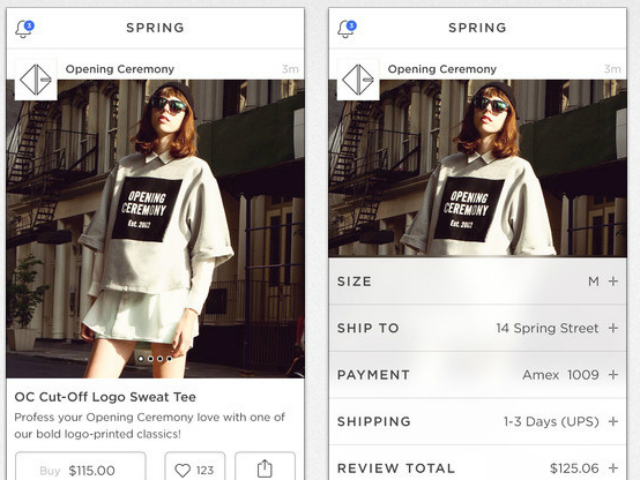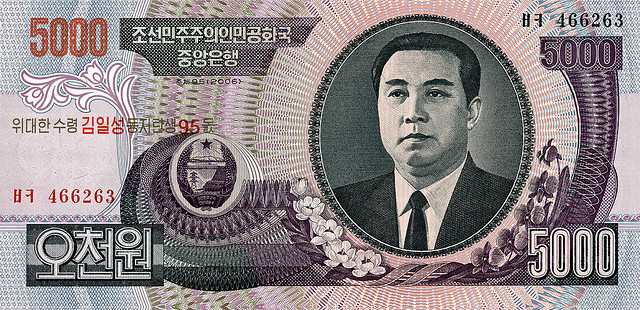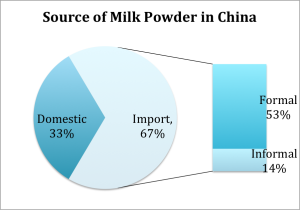Angel Perez never planned to join the family business of selling Herbalife health products. But as a restaurant manager, she soon grew tired of the long hours keeping her away from family.
Perez began cultivating a client base four years ago and now makes between $3,000 and $4,000 a month running a Herbalife nutrition club in Inglewood.
The career switch provided Perez a “decent, honest living” on a flexible work schedule. And it put to use her 2008 business degree from California State University at Dominguez Hills.
“If you’re going to make a living off of it, you have to take it seriously,” she said of selling Herbalife products. “You have to treat it like a business.” [Read more…]

